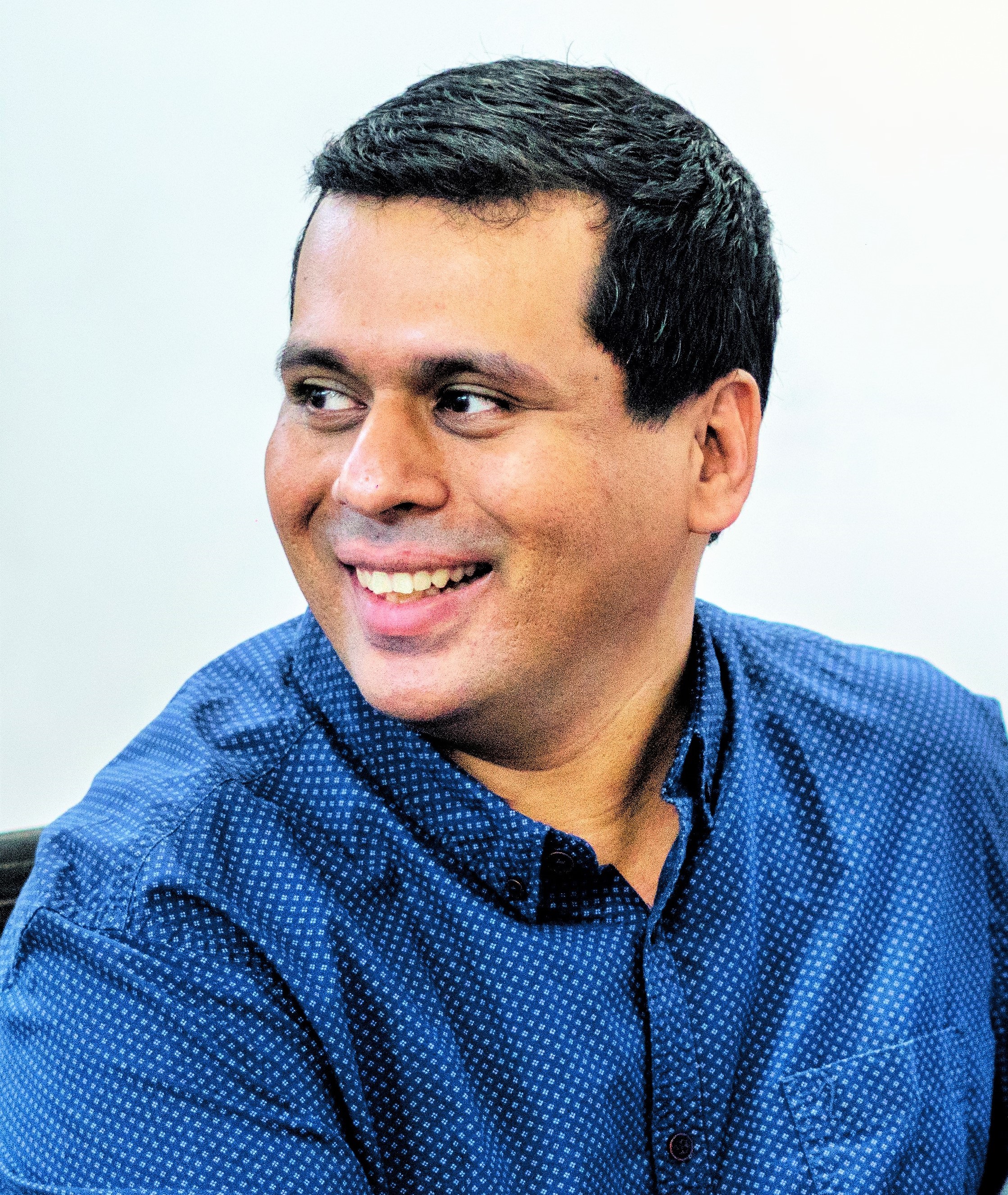The world of mass communications has witnessed paradigm shifts every few decades, so much so that dynamism is now a part of the business, and sea changes are not rare occurrences that take a long time, but are revolutionary breakthroughs that change the entire way the profession functions. From the invention of the transistor in 1947, and then a leap to the future in 1970 with the integration of the first Pentium processor, communication and computation were never the same again.
Today, newspapers not only have e-versions of the hard copy, they are also opening altogether separate segments of the publication for the digital space. From The Hindu’s e-paper to Edex Live, the stand alone e-paper from The New Indian Express, the new media is bringing the news to where they know people are. Readerships are changing and so are the readers themselves, and the platforms are multiplying every year. From social networking to micro-blogging, blogging and vlogging. From photo sharing to video sharing – the options are limitless. And it’s not just the media that has abundant platform options, it’s also the consumer who has to now choose what suits her/him best, decide what is genuine and what isn’t, and determine where to source the most credible information from. When the options are limitless, so is the data. And to process such large amounts of data, often human intelligence does not suffice.
This is where artificial intelligence steps in
AI has the power to make content better suited to the audience and their sensibilities, to help in effective editing and vetting, and to make the content consumption process significantly more personalised. When content decisions are based on solid data on the preferences, ethnographic and demographic details of the audience, then creation is a smoother process with a higher ROI and with a definite impact.
The use of AI can also hugely affect creativity. With mundane, repetitive tasks being automated, content creators, editors and conceptualisers have much more time and mental space to invest in ideation and innovation. Currently, using technologies such as speech-to-text transcription and image recognition, metadata generating by AI systems can help in the effective monetisation of content. However, what is important is that AI systems require machine learning. This learning comes from training data, which is data fed in by humans to be used as a reference for future analysis and predictions.
When training sets are of a good quality and are comprised of millions of observations, the AI system can be implemented effectively. Platforms like Netflix that rely heavily on data, have shifted their data processing workflow to cloud-based storage, enabling them to scale up their operations whenever needed. AI can thus not be used in isolation. Apart from vast datasets, media outlets and PR agencies also need data experts or collaborations with data analytics companies.
Once the data is in place, it can provide better personalisation and audience segmentation on a variety of parameters, especially with the use of first-party data. However, this is where the importance of credibility and trust come into the picture. In recent research by Marketing Week, it was found that 48% of consumers are aware of their data rights in the sense that they know how companies are supposed to use their data. For the end-user it is clearly important that their data is safeguarded and used ethically. Additionally, 47% of consumers trust companies that allow them to have control over how their data is used. This only means that if brands want be big on data and also retain the trust and loyalty of their consumer base, then data laws are imperative.
What’s the latest in AI?
According to Voicebot.ai Magazine, consumers access content on the voice medium on over one billion devices worldwide. Even the most premiere publications globally such as New York Times, Financial Times and BBC have established units that work solely on voice content and interaction. People today are accessing everything from their online shopping to the smallest of information bytes through Voice Search. On Google, 30% of all searches are via voice. This also means that content will need to be optimised differently from before. SEO for voice search has to be completely changed from the textual SEO. Keywords are more colloquial and conversational terms, and SEO phrases are usually questions. Additionally, in a country like India, where over one billion people do not speak English and there are a host of regional languages, the voice medium has to be optimised for the vernacular as well. With homes now incorporating smart speakers like Google Home and Amazon Alexa, consumer information is collected often in real-time. Though most of this data is not stored and processed, some of it does get fed into AI systems for better consumer understanding.
Viewing the world through a PR lens involves the consistent absorption of all the changes that occur in consumer habits and choices. Keeping up with the dynamic industry, always staying on the look-out for new trends and the evolution of old ones, as well as up-skilling at every juncture – these are all part of looking at the global community through PR-tinted glasses.




Be the first to comment on "Viewing the world through a PR lens"